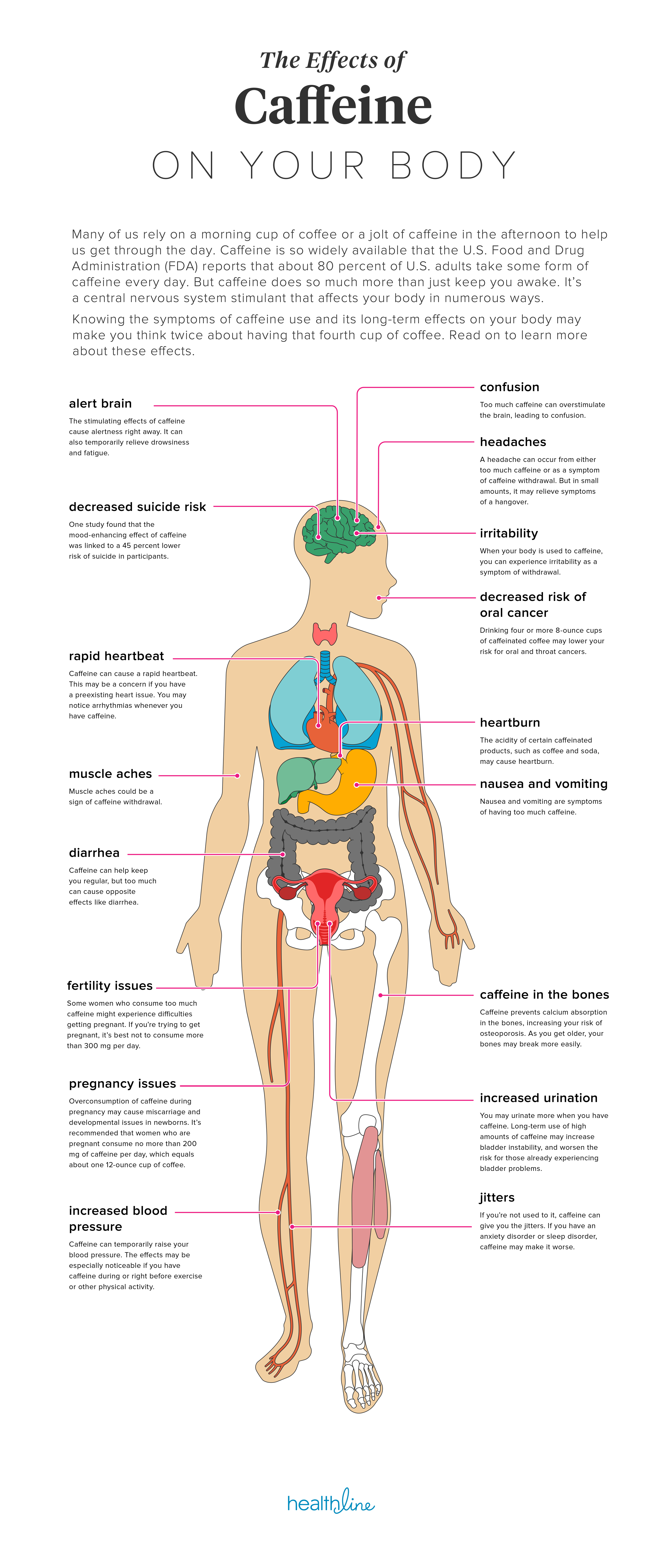
Major depressive disorder is one of the most common and debilitating psychiatric disorders. 2Behavioral Neuroscience Division, University of Connecticut, Storrs, CT, United States.1Àrea de Psicobiologia, Universitat Jaume I, Castellón de la Plana, Spain.Caffeine withdrawal symptoms: top fifteen.Laura López-Cruz 1†, John D. Common Categories of Illness and Injury and the Clinical Reasoning Process, chapter 17. Clinical Massage in the Healthcare Setting. Influence of caffeine and caffeine withdrawal on headache and cerebral blood flow velocities. Couturier EG, Laman DM, van Duijn MA, van Duijn H.Caffeine and Primary (Migraine) Headaches-Friend or Foe?. Caffeine in the management of patients with headache. Lipton, R.B., Diener, HC., Robbins, M.S.Treasure Island (FL): StatPearls Publishing 2020 Jan. Sajadi-Ernazarova KR, Anderson J, Dhakal A, et al.Encyclopedia of Human Behavior (Second Edition). Effects of caffeine on health and nutrition: A Review. A critical review of caffeine withdrawal: empirical validation of symptoms and signs, incidence, severity, and associated features. Drinking plenty of water to stay hydrated.Remember to avoid medications that contain caffeine. Headaches can be treated with over the counter medications, such as acetaminophen (Tylenol), ibuprofen (Advil) and aspirin.Put a plan in place to help you stay on track. Reduce how much caffeine you have each day over two to three weeks or longer if needed.

This can help to reduce the severity of your withdrawal symptoms, although it may take longer for them to go away completely completely.

Withdrawing caffeine can cause blood flow rates to temporarily increase in certain blood vessels in the brain and this is thought to contribute to the development of headaches when trying to quit caffeine. Consuming caffeine can significantly decrease the rate of blood flow in certain blood vessels in the brain within half an hour, with flow rates returning to normal after about two hours. When caffeine is consumed it is absorbed into the bloodstream and crosses the blood-brain barrier where it blocks the adenosine receptors and prevents drowsiness.Ĭaffeine consumption also affects the blood vessels and the rate of blood flow in the brain. Headaches are the most common and dominant symptom of caffeine withdrawal, occurring in about 50% of people trying to quit caffeine.

Trying to break the habit of consuming too much caffeine can bring on a number of unpleasant withdrawal symptoms including headaches, fatigue, irritability, depressed mood and more. The consumption of caffeine can have a negative impact on your overall health and mental wellbeing, which is why it can be beneficial to cut down or quit. They can last up to 9 days.Ĭaffeine is a natural stimulant found commonly in coffee, tea, chocolate, some sodas and energy drinks. Caffeine withdrawal headaches can start within 12 hours of stopping caffeine and are likely to be at their worst 20-51 hours after your last caffeine fix.


 0 kommentar(er)
0 kommentar(er)
